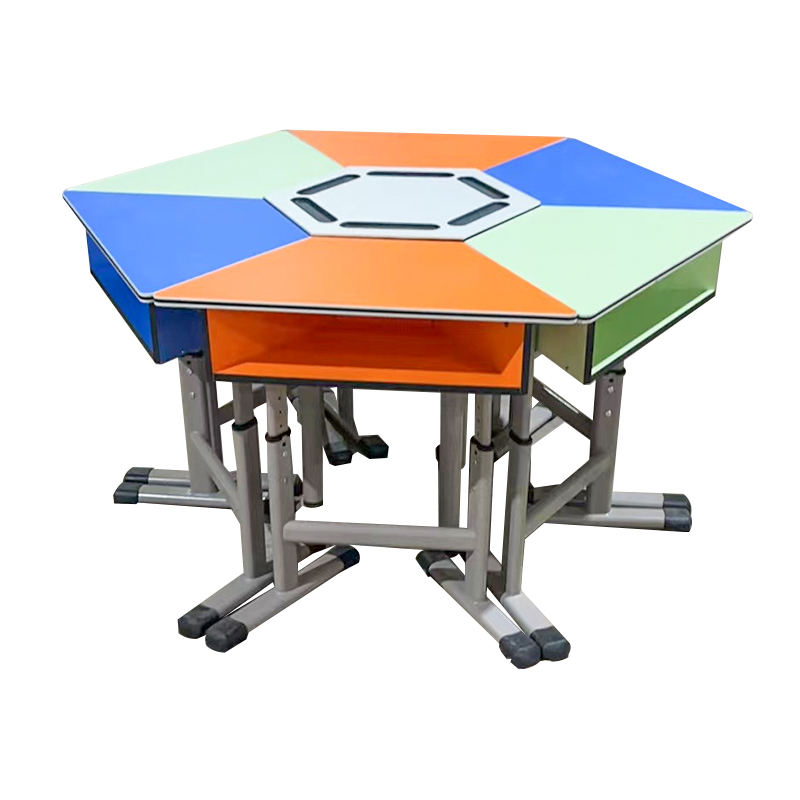
In contemporary educational settings, the concept of group learning has gained significant traction. This pedagogical approach emphasizes the importance of collaborative learning experiences, where students work together to achieve a common goal. A key component in facilitating such an environment is the use of collaborative tables and chairs. These furnishings are designed to encourage interaction, communication, and the exchange of ideas among students.
Promoting Interaction and Communication
One of the primary benefits of using collaborative tables and chairs in group learning is the promotion of interaction and communication among students. The design of these tables often includes large, flat surfaces that can accommodate multiple students and their materials, allowing them to work together directly. This setup encourages students to discuss their ideas and share their perspectives in real-time, fostering a more dynamic and engaging learning experience.
Enhancing Student Engagement
Another advantage of collaborative tables and chairs is the enhancement of student engagement. When students are physically positioned around a table, they are more likely to be actively involved in the learning process. This is particularly true when the table design includes features that facilitate group activities, such as built-in electrical outlets for technology use or adjustable heights for different activities. By being part of a group at a collaborative table, students are more likely to feel invested in the group's success and, as a result, are more motivated to contribute.
Fostering a Sense of Inclusion
Collaborative tables and chairs also foster a sense of inclusion in the classroom. By removing physical barriers between students, these furnishings create an atmosphere where all students feel equally involved in the learning process. This is especially beneficial for students who may be shy or introverted, as it provides them with an opportunity to participate in group discussions and activities without the pressure of speaking in front of the entire class.
Supporting Multimodal Learning
The use of collaborative tables and chairs also supports multimodal learning. These tables can be equipped with various tools and technologies that cater to different learning styles. For instance, some tables have built-in screens or spaces for laptops, allowing students to engage with digital content during group activities. This integration of technology with traditional learning materials can help to accommodate a range of learning preferences and enhance the overall educational experience.
Encouraging Creative Problem Solving
Group learning environments facilitated by collaborative tables and chairs encourage creative problem solving. When students are working together at a table, they can brainstorm ideas collectively, challenge each other's assumptions, and build upon each other's contributions. This collaborative process often results in more innovative solutions to problems than when individuals work alone.
The use of collaborative tables and chairs in group learning offers multiple benefits. They promote interaction and communication, enhance student engagement, foster a sense of inclusion, support multimodal learning, and encourage creative problem solving. By incorporating these furnishings into the classroom, educators can create a more dynamic and inclusive learning environment that prepares students for the collaborative challenges of the modern world. As educational institutions continue to evolve, the role of collaborative tables and chairs in group learning will undoubtedly become increasingly significant.


 English
English русский
русский Español
Español عربى
عربى
